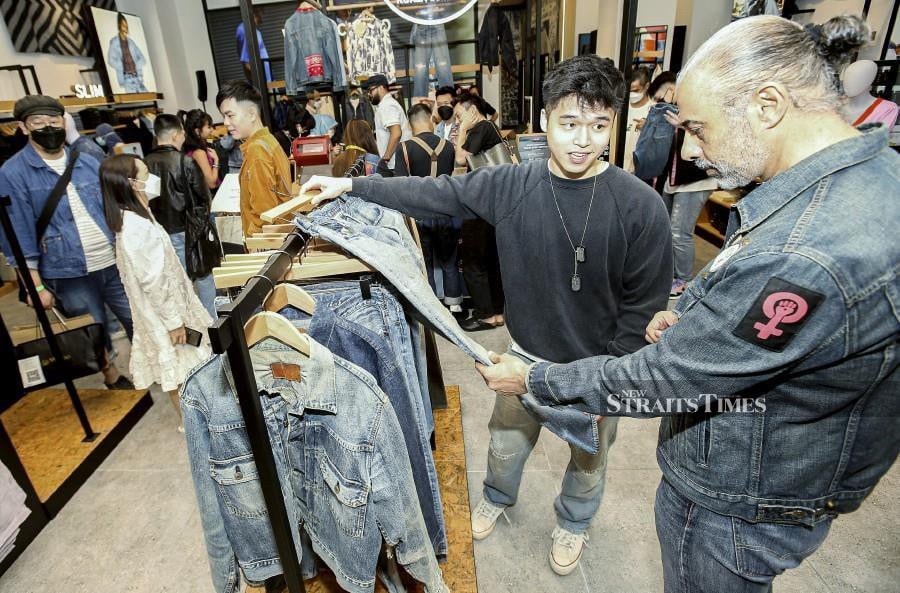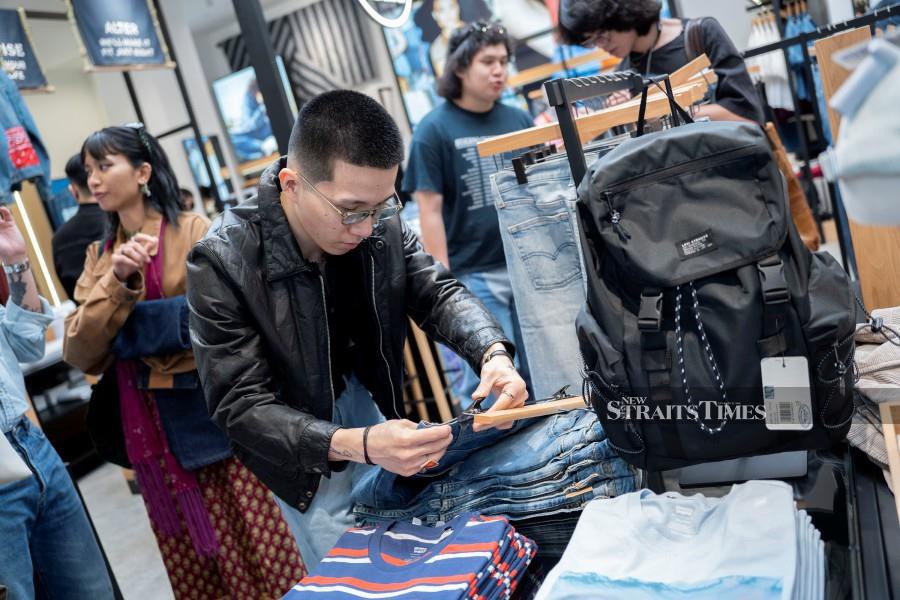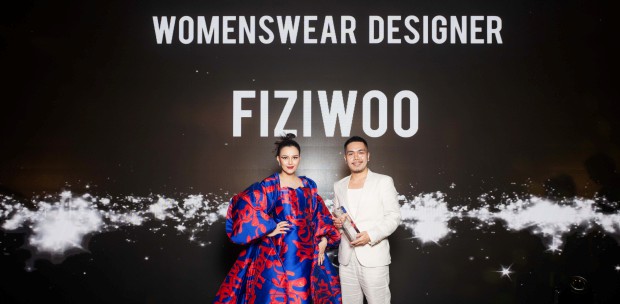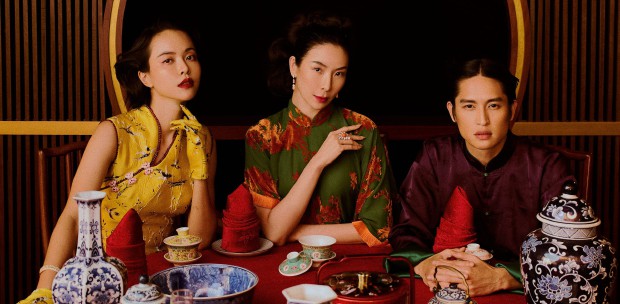TWO years ago, Kuching-born Ho Jia Jiong, 25, started collecting and selling vintage clothing.
It started out of curiosity, and Ho began by collecting vintage denim like old Levi's jeans, with threads and hardware not found in modern denim.
His hobby took him down a historical rabbit hole, so to speak, and he delved into the history of denim and characters that correspond to their manufacturing decade, things that made them highly sought-after now.
"In the 1970s, Levi's used lemon yellow thread, not orange like now. It's "e" is also lowercase, not uppercase like now. I have a '60s pair that I could sell for RM3,000," he says.
For comparison, a regular Levi's 501 jeans now sells for under RM400, but something 60 years earlier could fetch almost 10 times the amount. And because hard denim is sturdy and long-lasting (it was, after all, made for miners and those who do physical labour), the fabric could last for decades and are still wearable.
Now, Ho has an online vintage store called @exaghules on Instagram. He has at least 30 denim items sourced through other collectors and bundle stores.
"The vintage store is my full-time job and I make more than just basic salary," he says, adding that the vintage scene in Malaysia isn't as big as it is in Thailand and Indonesia.
"Most of my customers come from the United States. They understand and appreciate vintage culture more and given the current Malaysian ringgit value, my prices are still affordable to them," he says.
Ho was one of the collectors and vendors invited by denim brand Levi's to its first Denim Swap event that's part of the brand's global Buy Better Wear Longer campaign, to encourage consumers to buy less but find new ways to procure denim.
In certain markets, Levi's works with vintage stores to offer secondhand jeans to customers, coupled with an authentication service to make sure the items consigned are original.

SUSTAINABLE WAY
For fashion stylist Ethan Chu, 44, his Show Your Pink thrift store in Taman Mayang, Kelana Jaya is his way to sell off some clothes he bought for styling projects.
"But I don't want it to be a junk store, so I curate the designs and denim clothes are some of the pieces I stock."
Chu says there's a lot of interest in vintage clothing among young consumers. "Gen Z is into thrifting for several reasons. They like their style to be very personal and one-of-a-kind, and vintage clothing gives them that styling option.
"They are also very aware of the environmental impact fast fashion has on the Earth. So instead of buying brand new clothes, thrifting allows them to extend the life cycle of a garment.
"It also goes without saying what the clothes from decades ago are made better and they last longer," he says.
Darren Ho Shen Wae, 26, agrees that cool styling options make vintage appealing to the young. His store, Fifth in Taman Paramount, Petaling Jaya, stocks everything from sweaters to denim shorts.
"We curate the selection ourselves based on colours and cuts that sell well and we have a mixed collection for men and women," he says.
Some impressive items in his collection include a Levi's black leather pants, houndstooth pants and Fragment x Levi's streetwear collaboration.
"These items are unique. You can't find them in the market now, and that is what makes them coveted," he says.

VALUE OF VINTAGE
Chu, meanwhile, curates his store by sourcing from friends with secondhand clothing stores located in other states. He says sellable waist sizes for jeans and pants range from 30 to 34 inches for men and 25 to 27 inches for women.
At his store, he says, there are two types of customers — collectors who find vintage clothing to collect and Gen Z looking for personal styling options.
He hopes that the vintage scene in the country will grow so young consumers know the value of history and how differently things were made then.
Ho says the good thing about the country's under-developed vintage scene is that there's still a chance to bump into "treasures" in bundle stores.
"That's not easy in countries like Thailand and Indonesia where the scene is thriving and people know the value of vintage," he says.





